HSBC 2008 Annual Report Download - page 240
Download and view the complete annual report
Please find page 240 of the 2008 HSBC annual report below. You can navigate through the pages in the report by either clicking on the pages listed below, or by using the keyword search tool below to find specific information within the annual report.-
 1
1 -
 2
2 -
 3
3 -
 4
4 -
 5
5 -
 6
6 -
 7
7 -
 8
8 -
 9
9 -
 10
10 -
 11
11 -
 12
12 -
 13
13 -
 14
14 -
 15
15 -
 16
16 -
 17
17 -
 18
18 -
 19
19 -
 20
20 -
 21
21 -
 22
22 -
 23
23 -
 24
24 -
 25
25 -
 26
26 -
 27
27 -
 28
28 -
 29
29 -
 30
30 -
 31
31 -
 32
32 -
 33
33 -
 34
34 -
 35
35 -
 36
36 -
 37
37 -
 38
38 -
 39
39 -
 40
40 -
 41
41 -
 42
42 -
 43
43 -
 44
44 -
 45
45 -
 46
46 -
 47
47 -
 48
48 -
 49
49 -
 50
50 -
 51
51 -
 52
52 -
 53
53 -
 54
54 -
 55
55 -
 56
56 -
 57
57 -
 58
58 -
 59
59 -
 60
60 -
 61
61 -
 62
62 -
 63
63 -
 64
64 -
 65
65 -
 66
66 -
 67
67 -
 68
68 -
 69
69 -
 70
70 -
 71
71 -
 72
72 -
 73
73 -
 74
74 -
 75
75 -
 76
76 -
 77
77 -
 78
78 -
 79
79 -
 80
80 -
 81
81 -
 82
82 -
 83
83 -
 84
84 -
 85
85 -
 86
86 -
 87
87 -
 88
88 -
 89
89 -
 90
90 -
 91
91 -
 92
92 -
 93
93 -
 94
94 -
 95
95 -
 96
96 -
 97
97 -
 98
98 -
 99
99 -
 100
100 -
 101
101 -
 102
102 -
 103
103 -
 104
104 -
 105
105 -
 106
106 -
 107
107 -
 108
108 -
 109
109 -
 110
110 -
 111
111 -
 112
112 -
 113
113 -
 114
114 -
 115
115 -
 116
116 -
 117
117 -
 118
118 -
 119
119 -
 120
120 -
 121
121 -
 122
122 -
 123
123 -
 124
124 -
 125
125 -
 126
126 -
 127
127 -
 128
128 -
 129
129 -
 130
130 -
 131
131 -
 132
132 -
 133
133 -
 134
134 -
 135
135 -
 136
136 -
 137
137 -
 138
138 -
 139
139 -
 140
140 -
 141
141 -
 142
142 -
 143
143 -
 144
144 -
 145
145 -
 146
146 -
 147
147 -
 148
148 -
 149
149 -
 150
150 -
 151
151 -
 152
152 -
 153
153 -
 154
154 -
 155
155 -
 156
156 -
 157
157 -
 158
158 -
 159
159 -
 160
160 -
 161
161 -
 162
162 -
 163
163 -
 164
164 -
 165
165 -
 166
166 -
 167
167 -
 168
168 -
 169
169 -
 170
170 -
 171
171 -
 172
172 -
 173
173 -
 174
174 -
 175
175 -
 176
176 -
 177
177 -
 178
178 -
 179
179 -
 180
180 -
 181
181 -
 182
182 -
 183
183 -
 184
184 -
 185
185 -
 186
186 -
 187
187 -
 188
188 -
 189
189 -
 190
190 -
 191
191 -
 192
192 -
 193
193 -
 194
194 -
 195
195 -
 196
196 -
 197
197 -
 198
198 -
 199
199 -
 200
200 -
 201
201 -
 202
202 -
 203
203 -
 204
204 -
 205
205 -
 206
206 -
 207
207 -
 208
208 -
 209
209 -
 210
210 -
 211
211 -
 212
212 -
 213
213 -
 214
214 -
 215
215 -
 216
216 -
 217
217 -
 218
218 -
 219
219 -
 220
220 -
 221
221 -
 222
222 -
 223
223 -
 224
224 -
 225
225 -
 226
226 -
 227
227 -
 228
228 -
 229
229 -
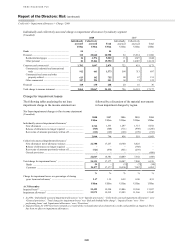 230
230 -
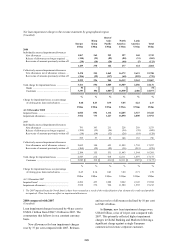 231
231 -
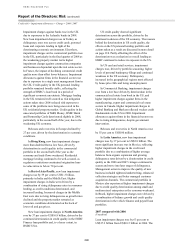 232
232 -
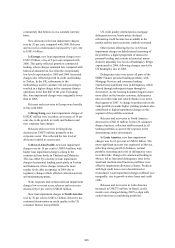 233
233 -
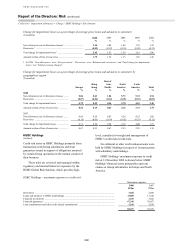 234
234 -
 235
235 -
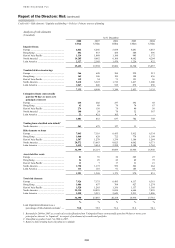 236
236 -
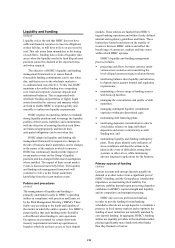 237
237 -
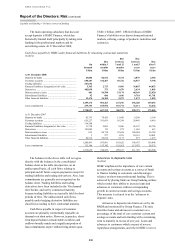 238
238 -
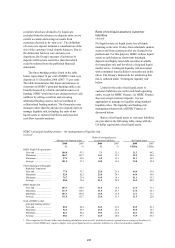 239
239 -
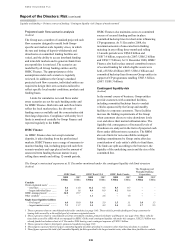 240
240 -
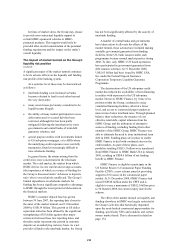 241
241 -
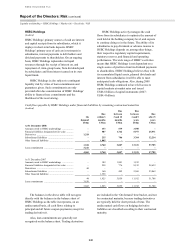 242
242 -
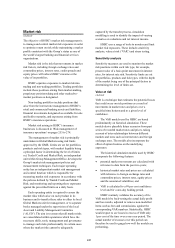 243
243 -
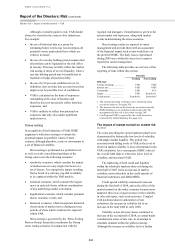 244
244 -
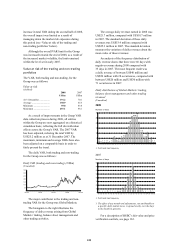 245
245 -
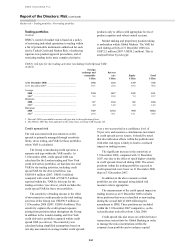 246
246 -
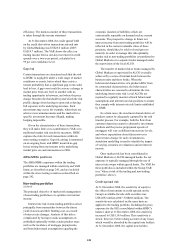 247
247 -
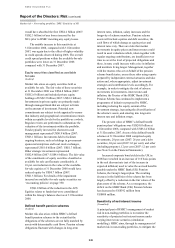 248
248 -
 249
249 -
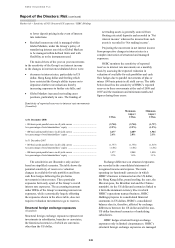 250
250 -
 251
251 -
 252
252 -
 253
253 -
 254
254 -
 255
255 -
 256
256 -
 257
257 -
 258
258 -
 259
259 -
 260
260 -
 261
261 -
 262
262 -
 263
263 -
 264
264 -
 265
265 -
 266
266 -
 267
267 -
 268
268 -
 269
269 -
 270
270 -
 271
271 -
 272
272 -
 273
273 -
 274
274 -
 275
275 -
 276
276 -
 277
277 -
 278
278 -
 279
279 -
 280
280 -
 281
281 -
 282
282 -
 283
283 -
 284
284 -
 285
285 -
 286
286 -
 287
287 -
 288
288 -
 289
289 -
 290
290 -
 291
291 -
 292
292 -
 293
293 -
 294
294 -
 295
295 -
 296
296 -
 297
297 -
 298
298 -
 299
299 -
 300
300 -
 301
301 -
 302
302 -
 303
303 -
 304
304 -
 305
305 -
 306
306 -
 307
307 -
 308
308 -
 309
309 -
 310
310 -
 311
311 -
 312
312 -
 313
313 -
 314
314 -
 315
315 -
 316
316 -
 317
317 -
 318
318 -
 319
319 -
 320
320 -
 321
321 -
 322
322 -
 323
323 -
 324
324 -
 325
325 -
 326
326 -
 327
327 -
 328
328 -
 329
329 -
 330
330 -
 331
331 -
 332
332 -
 333
333 -
 334
334 -
 335
335 -
 336
336 -
 337
337 -
 338
338 -
 339
339 -
 340
340 -
 341
341 -
 342
342 -
 343
343 -
 344
344 -
 345
345 -
 346
346 -
 347
347 -
 348
348 -
 349
349 -
 350
350 -
 351
351 -
 352
352 -
 353
353 -
 354
354 -
 355
355 -
 356
356 -
 357
357 -
 358
358 -
 359
359 -
 360
360 -
 361
361 -
 362
362 -
 363
363 -
 364
364 -
 365
365 -
 366
366 -
 367
367 -
 368
368 -
 369
369 -
 370
370 -
 371
371 -
 372
372 -
 373
373 -
 374
374 -
 375
375 -
 376
376 -
 377
377 -
 378
378 -
 379
379 -
 380
380 -
 381
381 -
 382
382 -
 383
383 -
 384
384 -
 385
385 -
 386
386 -
 387
387 -
 388
388 -
 389
389 -
 390
390 -
 391
391 -
 392
392 -
 393
393 -
 394
394 -
 395
395 -
 396
396 -
 397
397 -
 398
398 -
 399
399 -
 400
400 -
 401
401 -
 402
402 -
 403
403 -
 404
404 -
 405
405 -
 406
406 -
 407
407 -
 408
408 -
 409
409 -
 410
410 -
 411
411 -
 412
412 -
 413
413 -
 414
414 -
 415
415 -
 416
416 -
 417
417 -
 418
418 -
 419
419 -
 420
420 -
 421
421 -
 422
422 -
 423
423 -
 424
424 -
 425
425 -
 426
426 -
 427
427 -
 428
428 -
 429
429 -
 430
430 -
 431
431 -
 432
432 -
 433
433 -
 434
434 -
 435
435 -
 436
436 -
 437
437 -
 438
438 -
 439
439 -
 440
440 -
 441
441 -
 442
442 -
 443
443 -
 444
444 -
 445
445 -
 446
446 -
 447
447 -
 448
448 -
 449
449 -
 450
450 -
 451
451 -
 452
452 -
 453
453 -
 454
454 -
 455
455 -
 456
456 -
 457
457 -
 458
458 -
 459
459 -
 460
460 -
 461
461 -
 462
462 -
 463
463 -
 464
464 -
 465
465 -
 466
466 -
 467
467 -
 468
468 -
 469
469 -
 470
470 -
 471
471 -
 472
472
 |
 |

HSBC HOLDINGS PLC
Report of the Directors: Risk (continued)
Liquidity and funding > Primary sources of funding / Contingent liquidity risk / Impact of market turmoil
238
Projected cash flow scenario analysis
(Audited)
The Group uses a number of standard projected cash
flow scenarios designed to model both Group-
specific and market-wide liquidity crises, in which
the rate and timing of deposit withdrawals and
drawdowns on committed lending facilities are
varied, and the ability to access interbank funding
and term debt markets and to generate funds from
asset portfolios is restricted. The scenarios are
modelled by all Group banking entities and by
HSBC Finance. The appropriateness of the
assumptions under each scenario is regularly
reviewed. In addition to the Group’s standard
projected cash flow scenarios, individual entities are
required to design their own scenarios tailored to
reflect specific local market conditions, products and
funding bases.
Limits for cumulative net cash flows under
stress scenarios are set for each banking entity and
for HSBC Finance. Both ratio and cash flow limits
reflect the local market place, the diversity of
funding sources available and the concentration risk
from large depositors. Compliance with entity level
limits is monitored centrally by Group Finance and
reported regularly to the RMM.
HSBC Finance
As HSBC Finance does not accept customer
deposits, it takes funding from the professional
markets. HSBC Finance uses a range of measures to
monitor funding risk, including projected cash flow
scenario analysis and caps placed on the amount of
unsecured term funding that can mature in any
rolling three-month and rolling 12-month periods.
HSBC Finance also maintains access to committed
sources of secured funding and has in place
committed backstop lines for short-term refinancing
CP programmes. At 31 December 2008, the
maximum amounts of unsecured term funding
maturing in any rolling three-month and rolling
12-month periods were US$6.0 billion and
US$17.4 billion, respectively (2007: US$6.2 billion
and US$17.7 billion). At 31 December 2008, HSBC
Finance also had in place unused committed sources
of secured funding for which eligible assets were
held, of US$2.4 billion (2007: US$6.2 billion) and
committed backstop lines from non-Group entities in
support of CP programmes totalling US$7.3 billion
(2007: US$9.3 billion).
Contingent liquidity risk
(Audited)
In the normal course of business, Group entities
provide customers with committed facilities,
including committed backstop lines to conduit
vehicles sponsored by the Group and standby
facilities to corporate customers. These facilities
increase the funding requirements of the Group
when customers choose to raise drawdown levels
over and above their normal utilisation rates. The
liquidity risk consequences of increased levels of
drawdown are analysed in the form of projected cash
flows under different stress scenarios. The RMM
also sets limits for non-cancellable contingent
funding commitments by Group entity after due
consideration of each entity’s ability to fund them.
The limits are split according to the borrower, the
liquidity of the underlying assets and the size of the
committed line.
The Group’s contractual exposures at 31 December monitored under the contingent liquidity risk limit structure
(Audited)
HSBC Bank HSBC Bank USA HSBC Bank Canada
The Hongkong and
Shanghai Banking
Corporation
2008 2007 2008 2007 2008 2007 2008 2007
US$bn US$bn US$bn US$bn US$bn US$bn US$bn US$bn
Conduits
Client-originated assets1 .............
– total lines ............................. 5.6 11.0 11.2 9.5 0.3 0.7 – –
– largest individual lines ........ 1.0 1.6 0.4 0.9 0.2 0.4 – –
HSBC-managed assets2 .............. 34.8 25.7 – – – – – –
Other conduits3 ........................... – – 1.1 2.6 – 1.8 – –
Single-issuer liquidity facilities
– five largest4 .......................... 6.0 10.0 5.0 5.9 1.5 1.1 1.0 1.3
– largest market sector5 .......... 7.3 11.7 3.5 4.2 2.4 1.5 1.7 2.3
1 These exposures relate to consolidated multi-seller conduits (see page 184). These vehicles provide funding to Group customers by
issuing debt secured by a diversified pool of customer-originated assets.
2 These exposures relate to consolidated securities investment conduits, primarily Solitaire and Mazarin (see page 184). These vehicles
issue debt secured by ABSs which are managed by HSBC. Of the total contingent liquidity risk under this category, US$25.3 billion was
already funded on-balance sheet at 31 December 2008 leaving a net contingent exposure of US$9.5 billion.
3 These exposures relate to third-party sponsored conduits (see page 187).
4 These figures represent the five largest committed liquidity facilities provided to customers other than those facilities to conduits.
5 These figures represent the total of all committed liquidity facilities provided to the largest market sector, other than those facilities to conduits.
